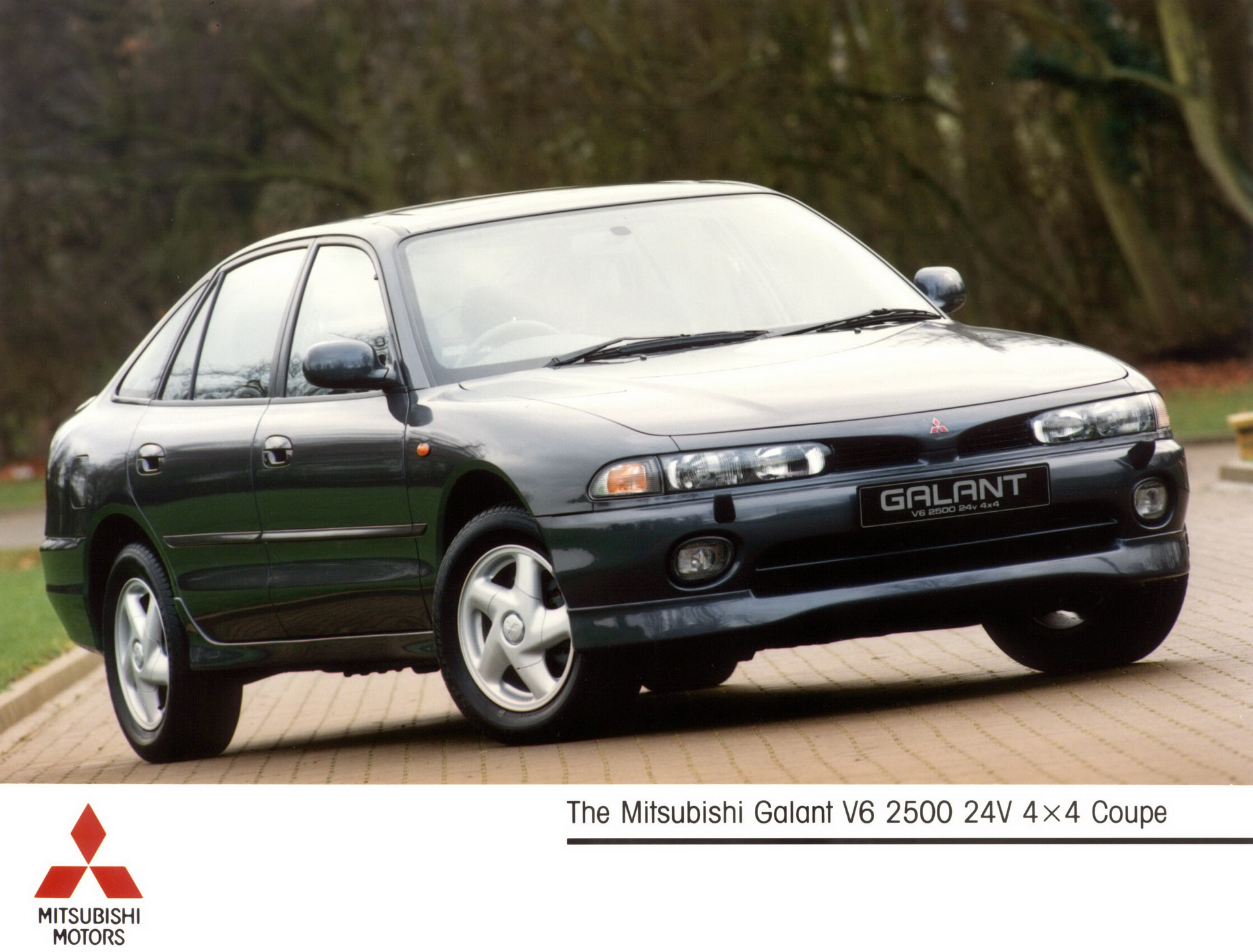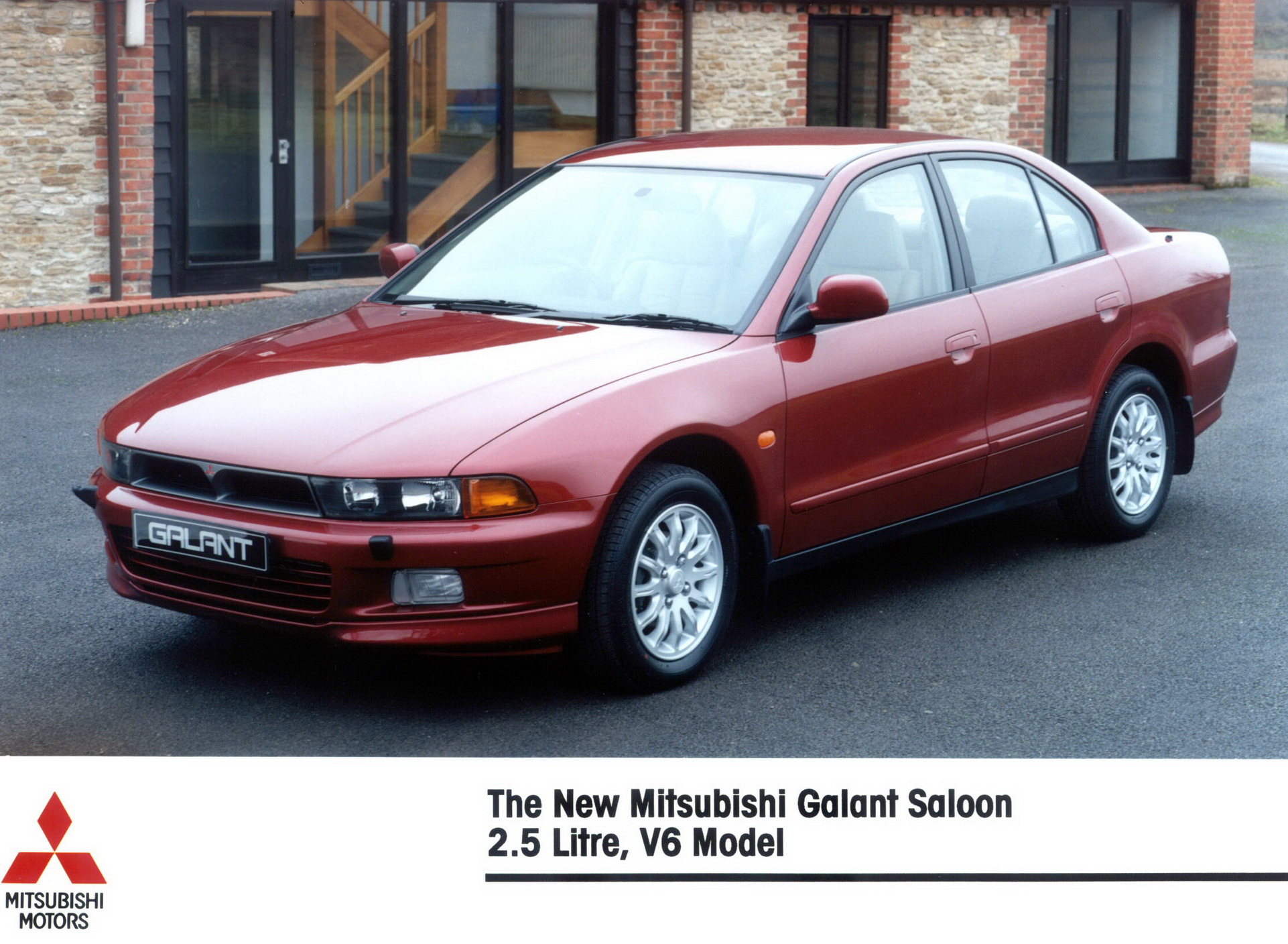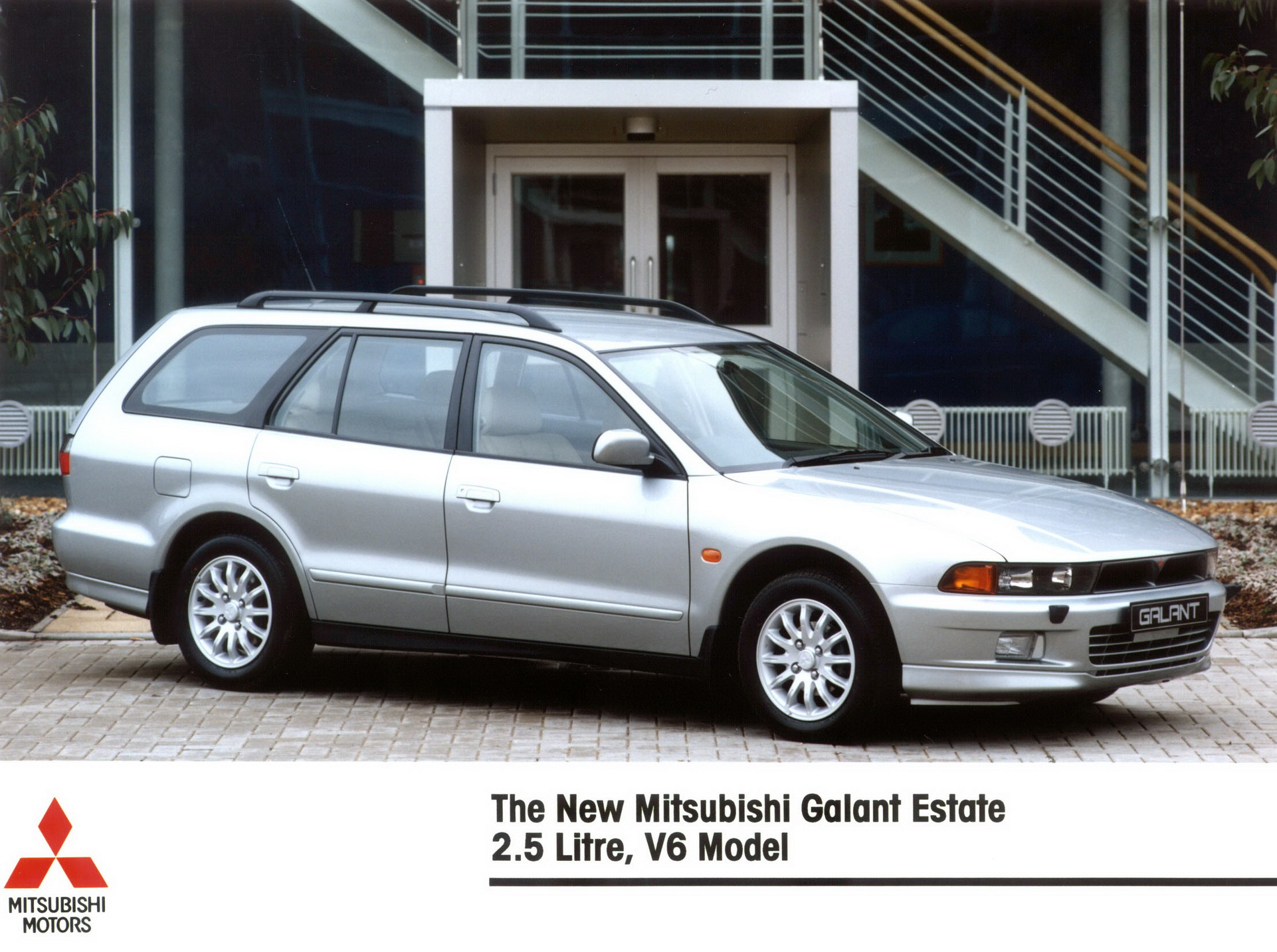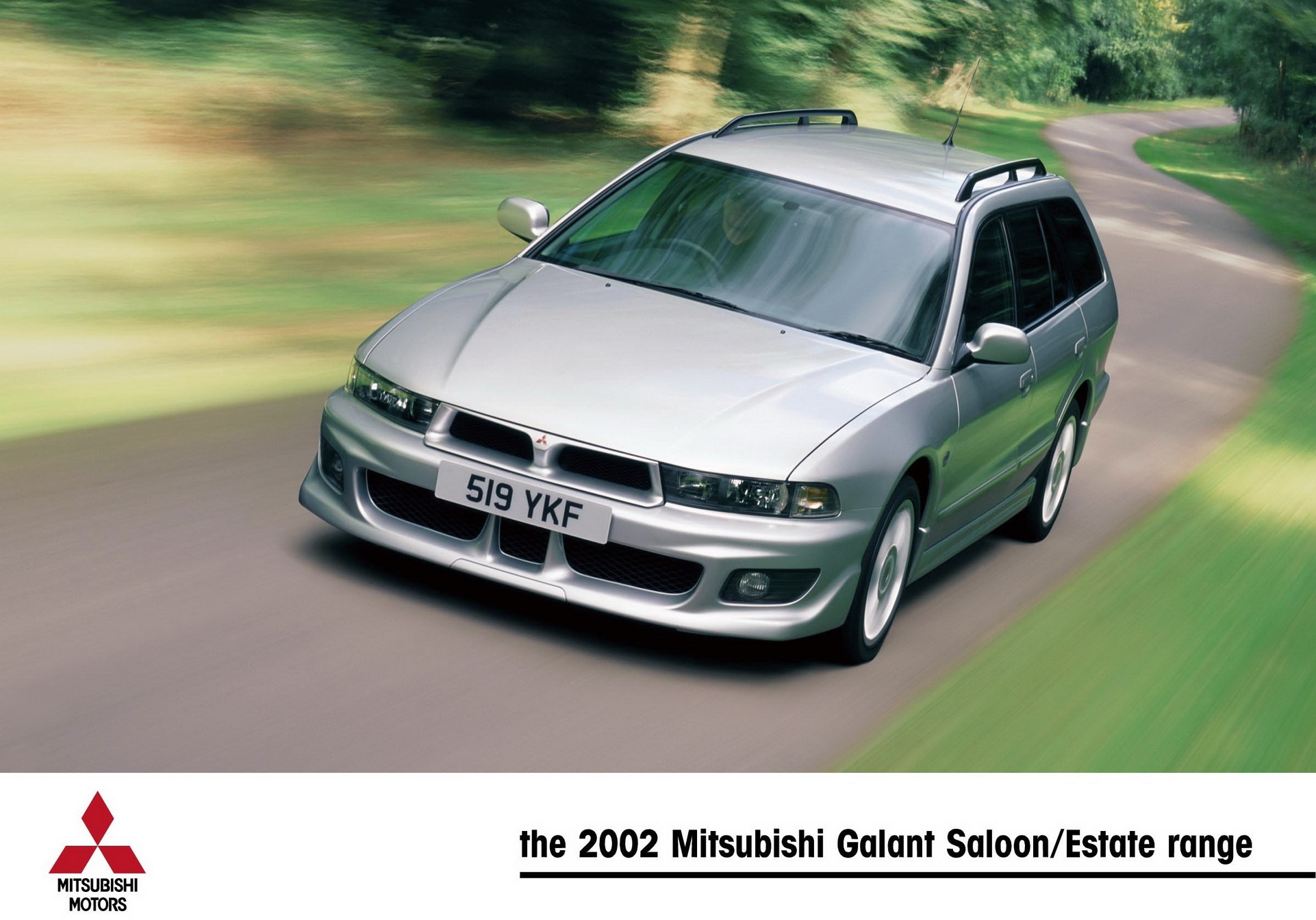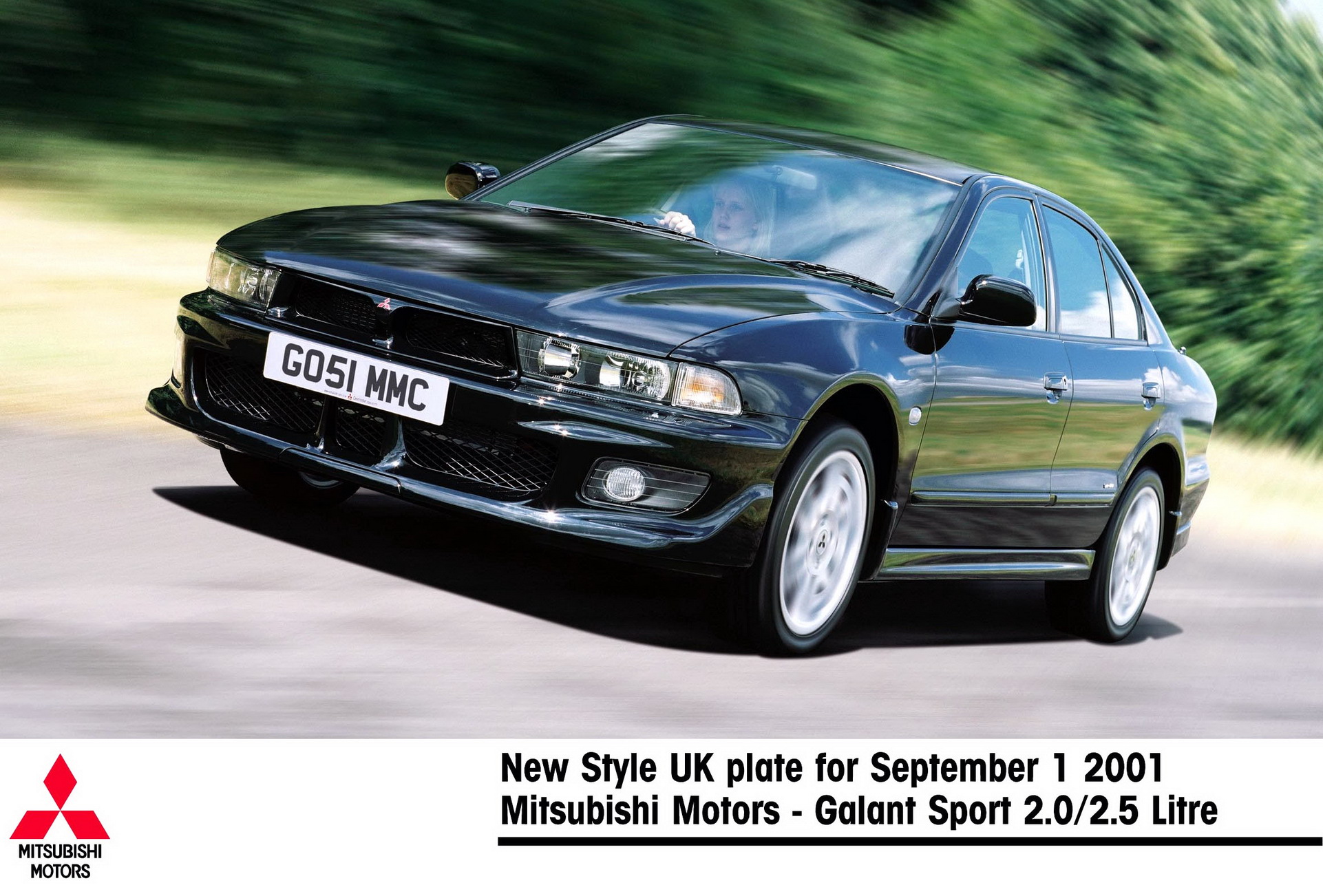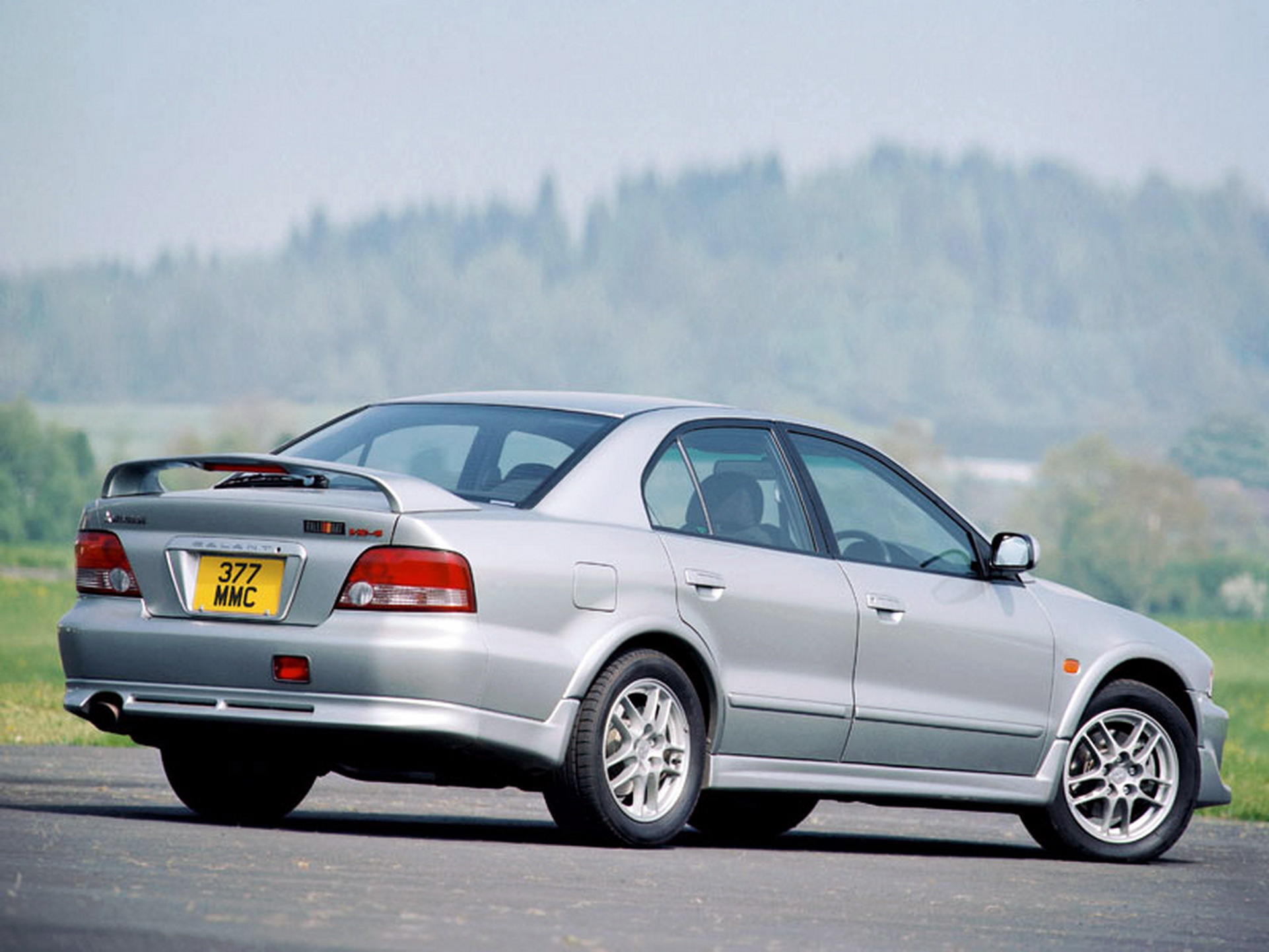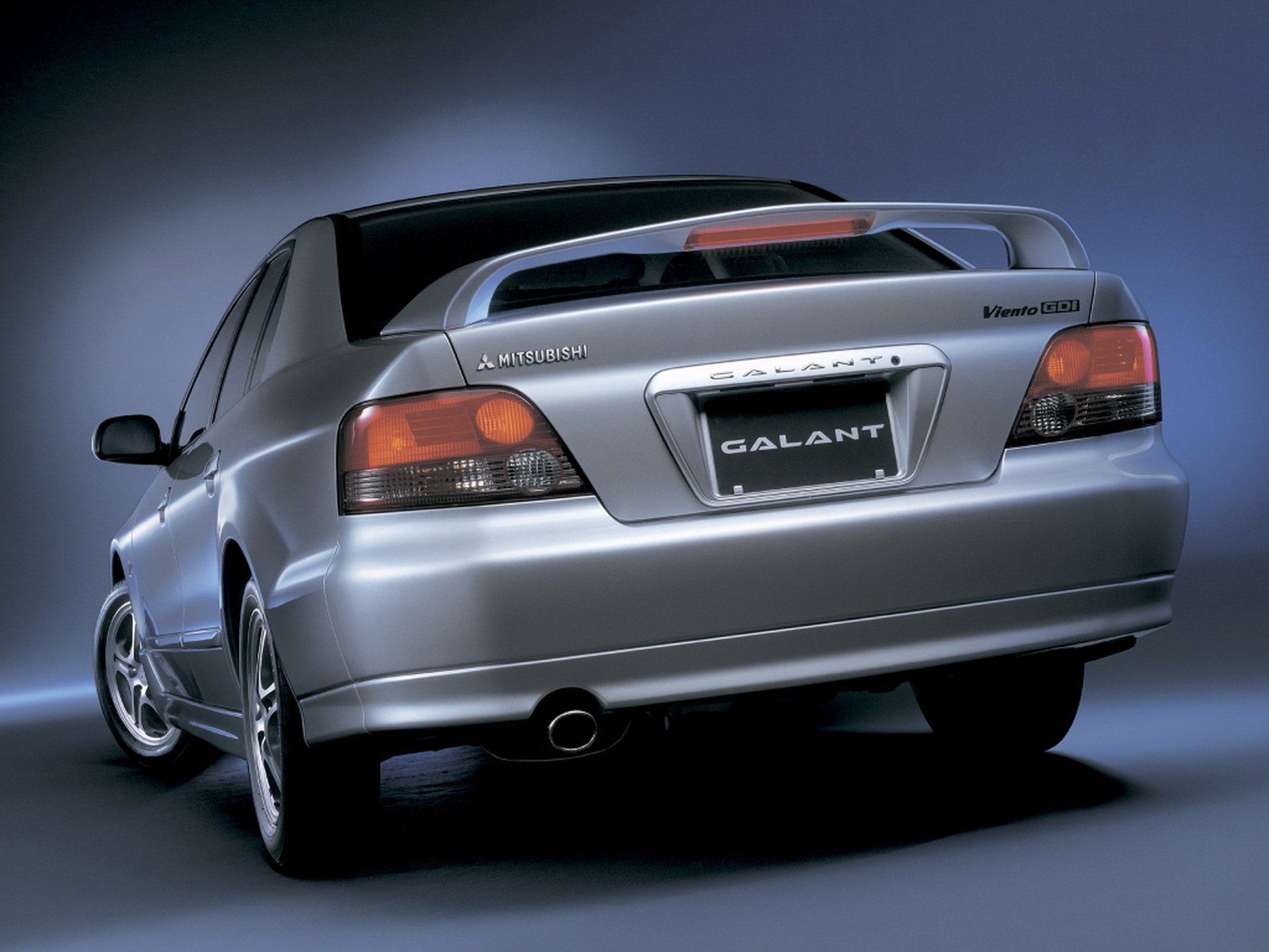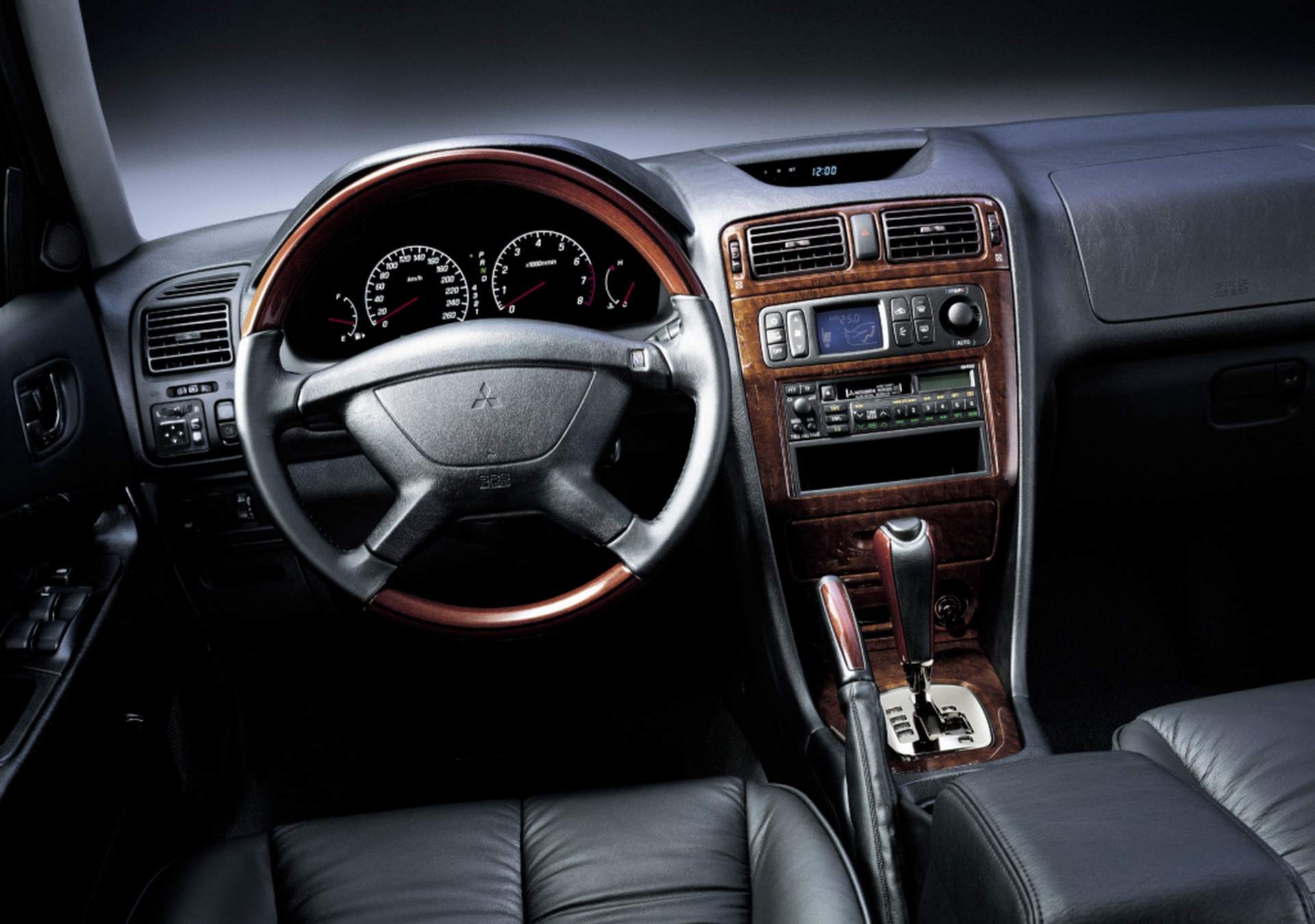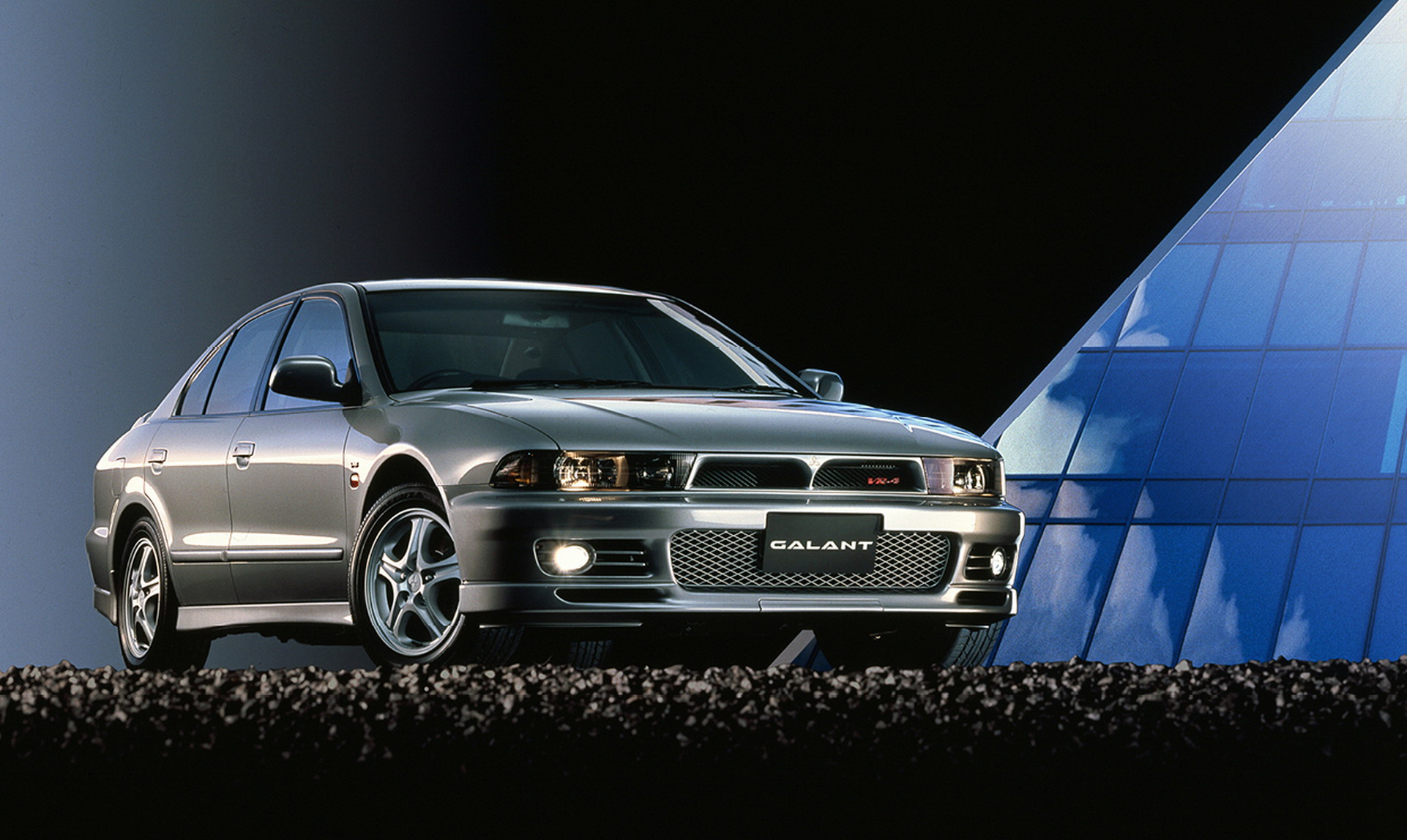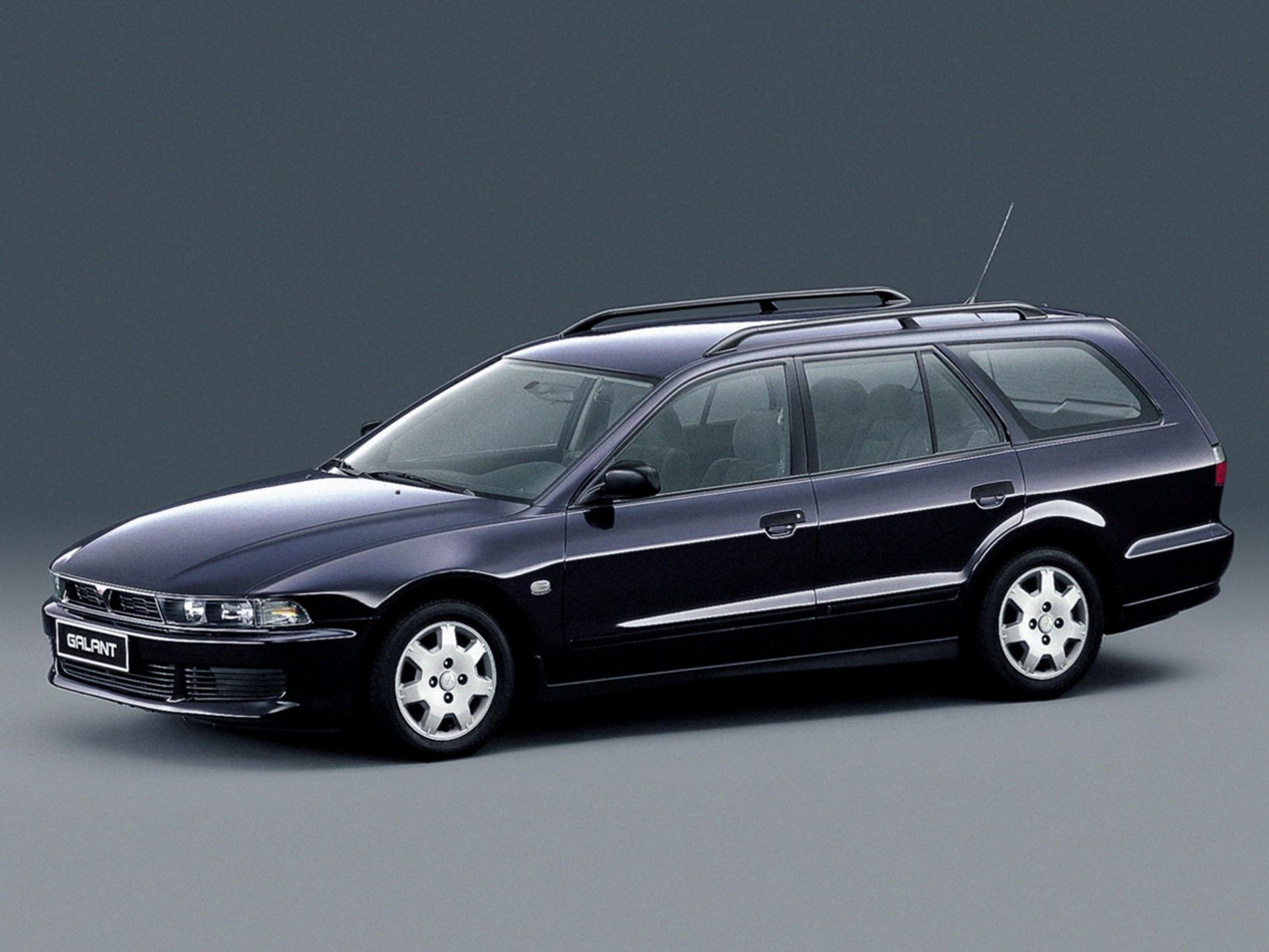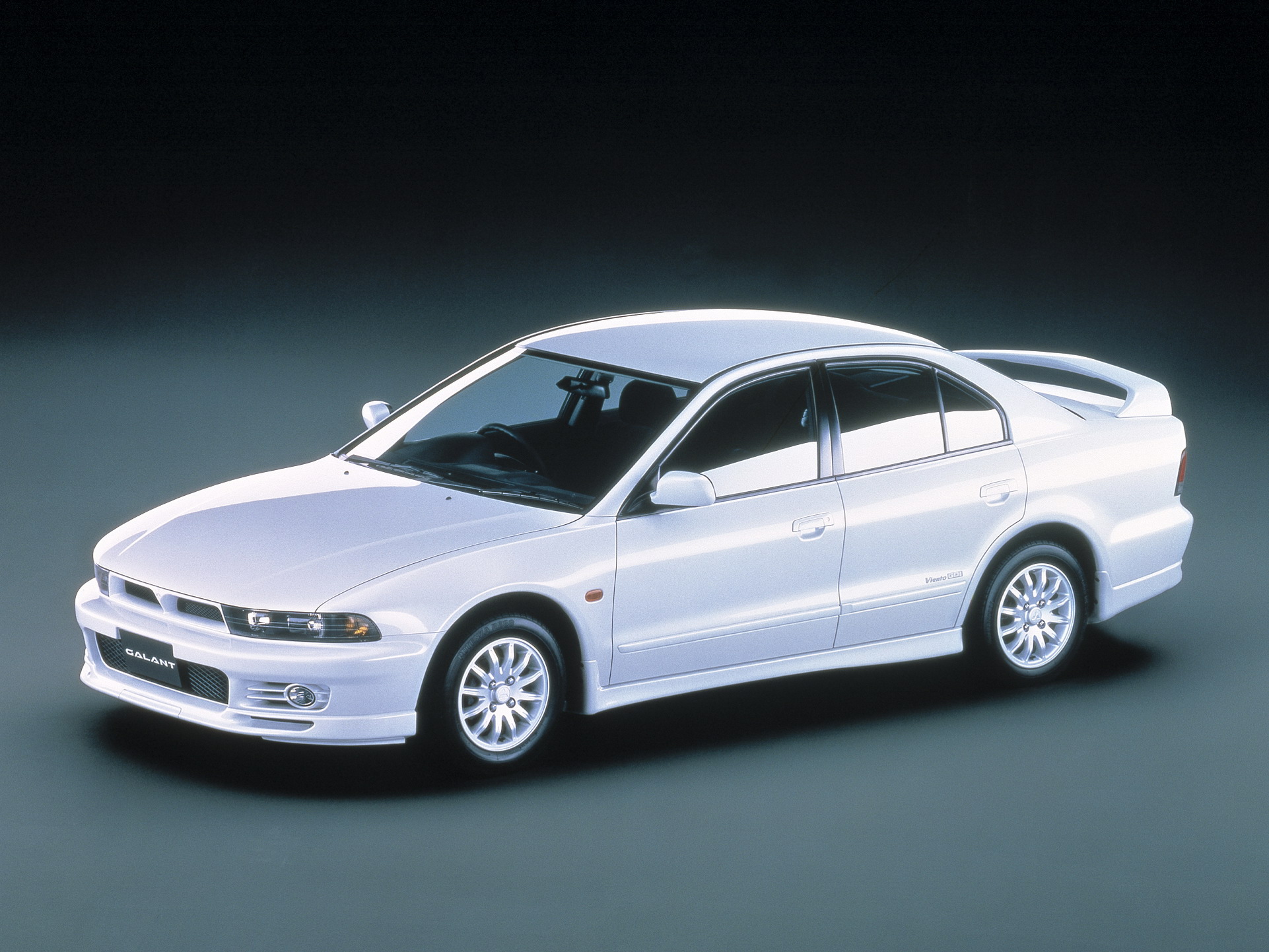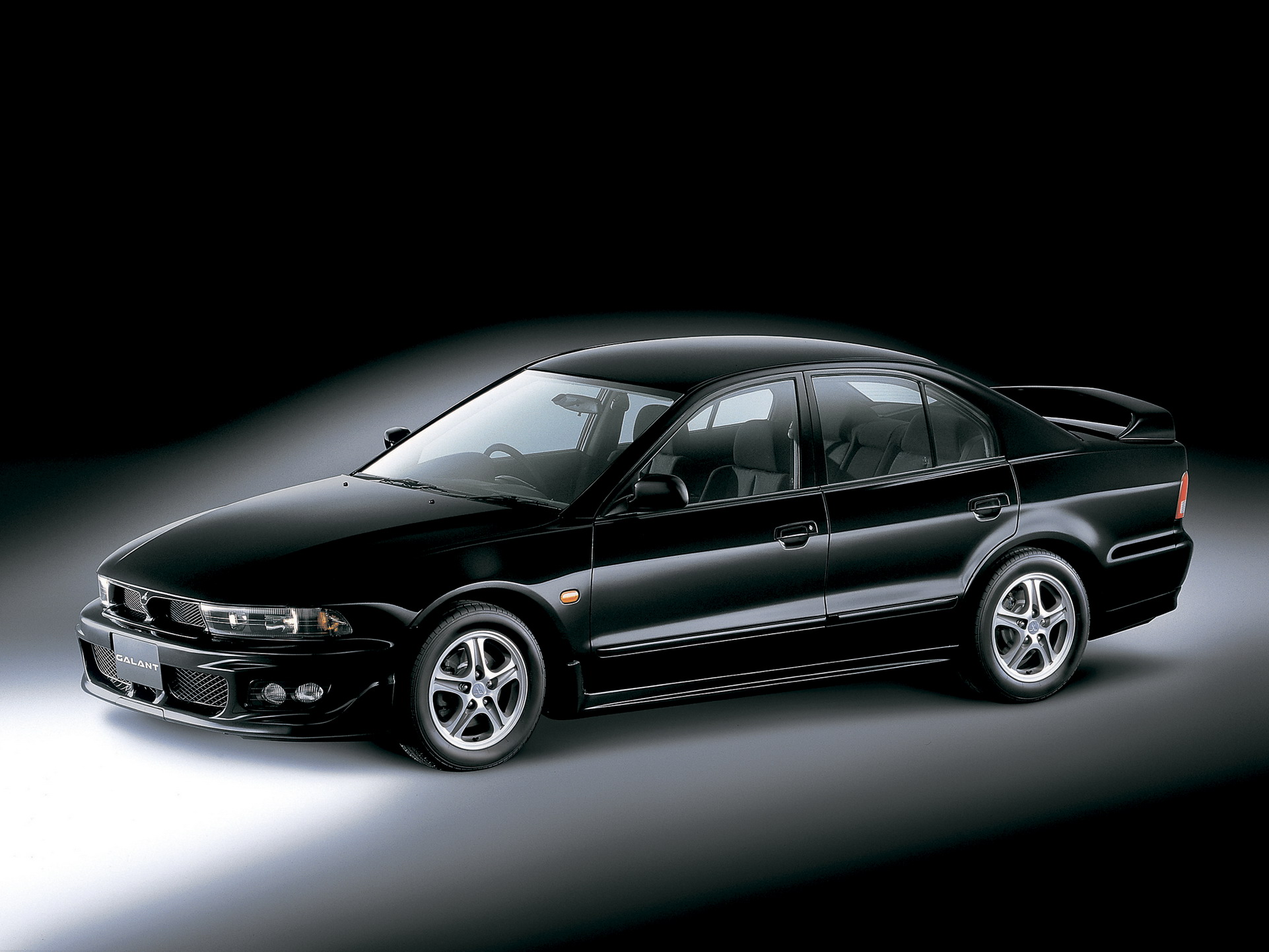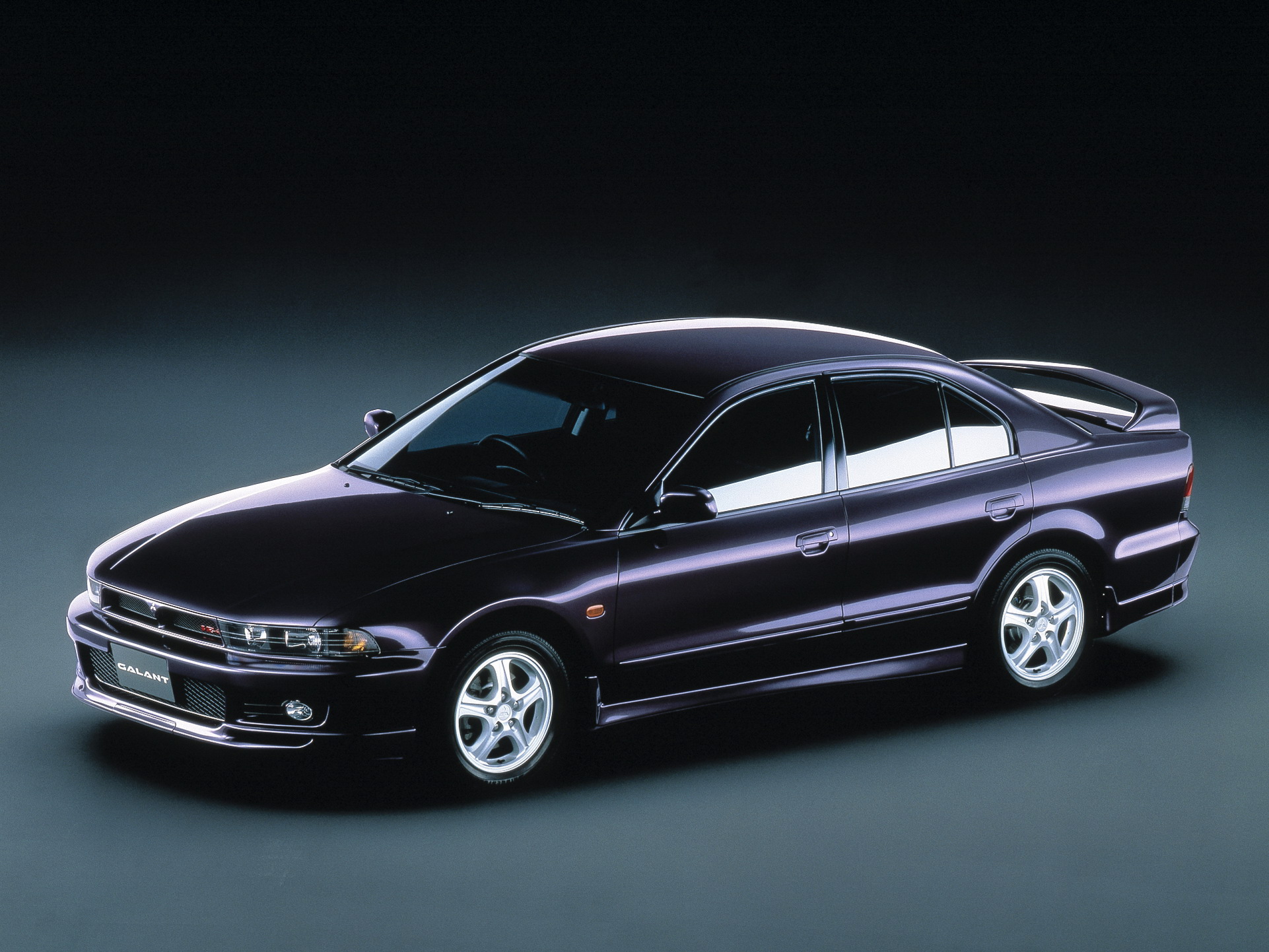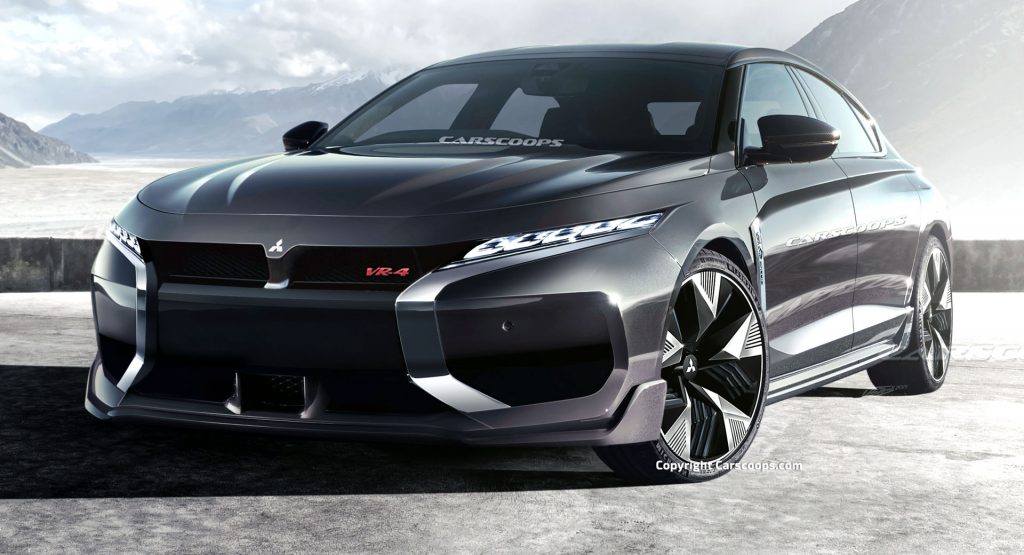Mitsubishi Motors is a perplexing kettle of fish; the Japanese automaker once produced some captivating vehicles like the GTO, Eclipse, Evolution Series and Galant VR4. These days it’s a faint shadow of its former self, with soulless offerings like the Mirage, ASX, and Eclipse Cross.
Whilst dodgy corporate ethics in the 1990s have burnt many owners with reliability issues, arguably the trend towards these aforementioned crossovers hasn’t exactly helped things either.
So how can Mitsubishi bring back some of its past product mojo? Well, this study resurrects a nameplate synonymous with family motoring and rallying pedigree: the Galant VR4. What if it made a reappearance as a modern, fuel-efficient family hauler? Let’s delve further.
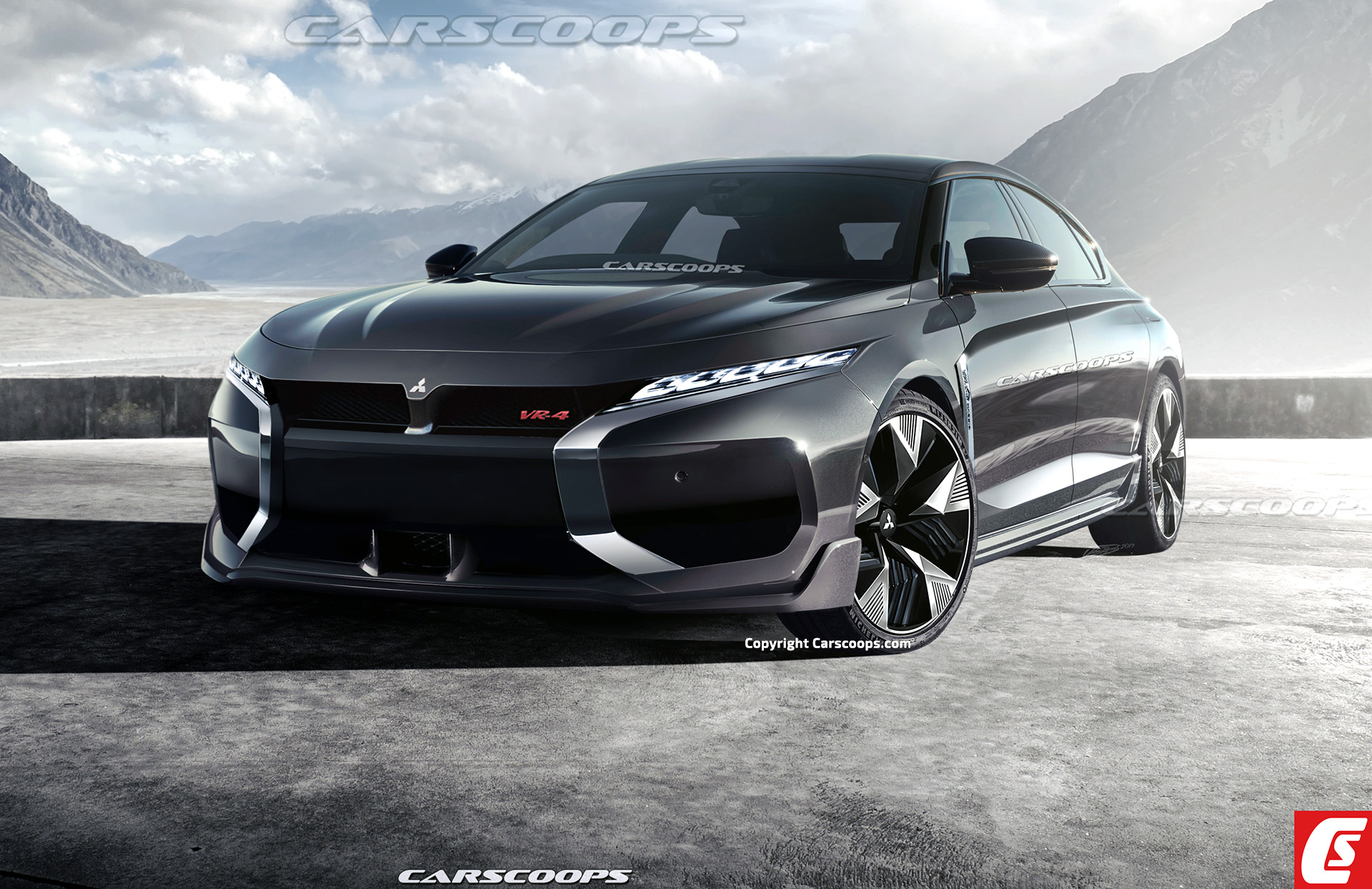
Dynamic Design
With the buyer shift towards SUVs, drawing them back into the sedan fold is no easy task. However, nothing is impossible, and one way to do this is with stunning styling and presence; hence this study goes for an aggressive and muscular appearance. Frontal design is a mix of past and present with notable cues like the split-nose grille and lower intakes, dynamic shield chrome-work and slim laser LED headlamps.
Flared front and rear fenders cement a powerful stance, aided by deep door contours and chunky side sills. The greenhouse area features a floating roofing-effect, with blacked-out A-pillars and a sleek fastback profile. The rear exudes performance with quad exhausts, duck tailed spoiler and RS6-like lower diffuser.
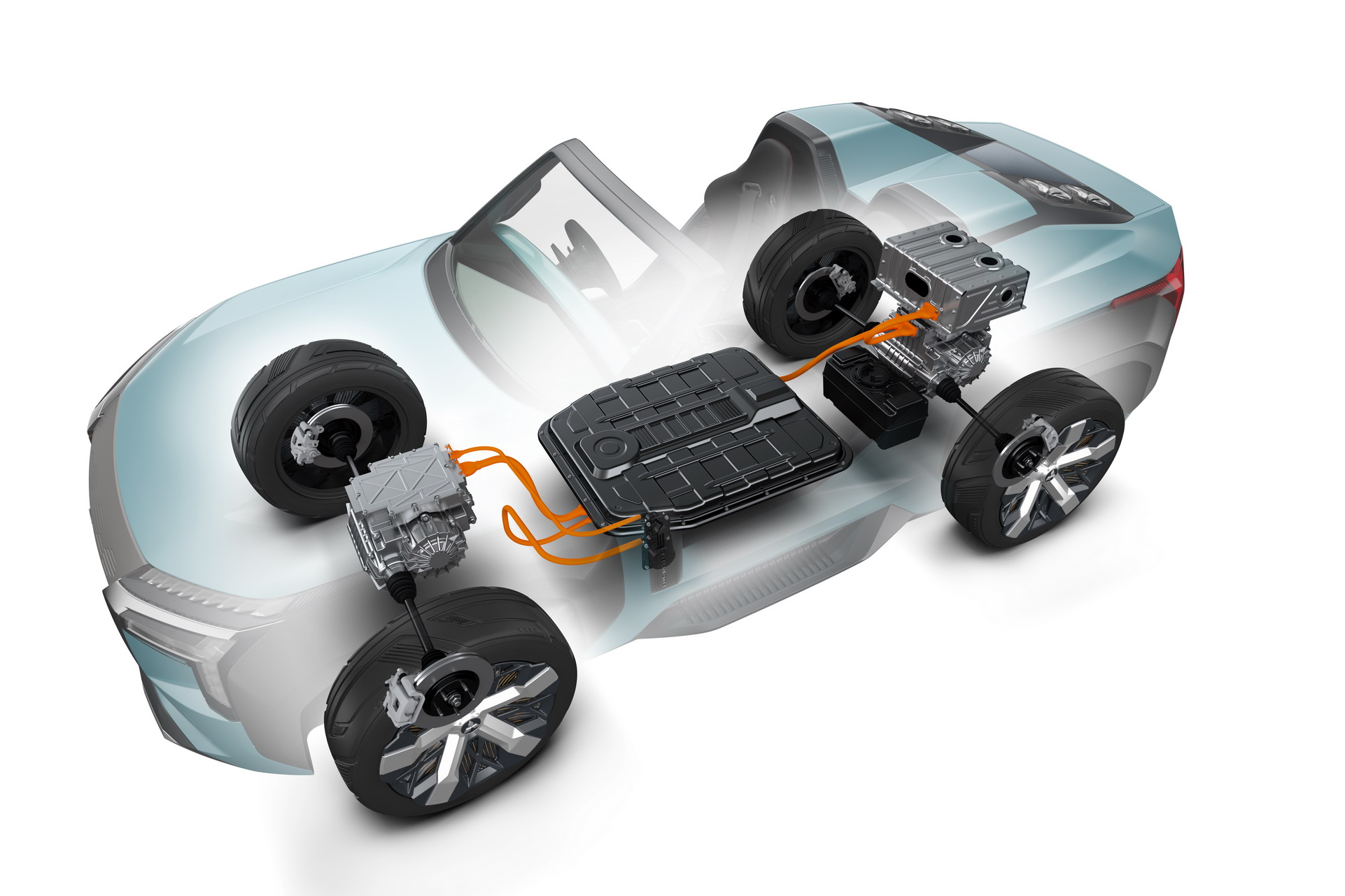
PHEV Power
Previous iterations of the Galant utilized traditional four-cylinder and V6 powertrains and included a rally-bred, turbocharged 2.0-litre DOHC inline-four which formed the basis for the Lancer Evolution series.
However, this study takes a radical departure from the Galant’s past and looks into the future by making use of the same plug-in electric setup that debuted on the MI-TECH concept at the Tokyo Motor Show back in October. Instead of a normal hybrid system that uses a petrol or diesel engine to send power to wheels and battery, it combines an efficient small gas-turbine generator to power the battery pack and four electric motors.
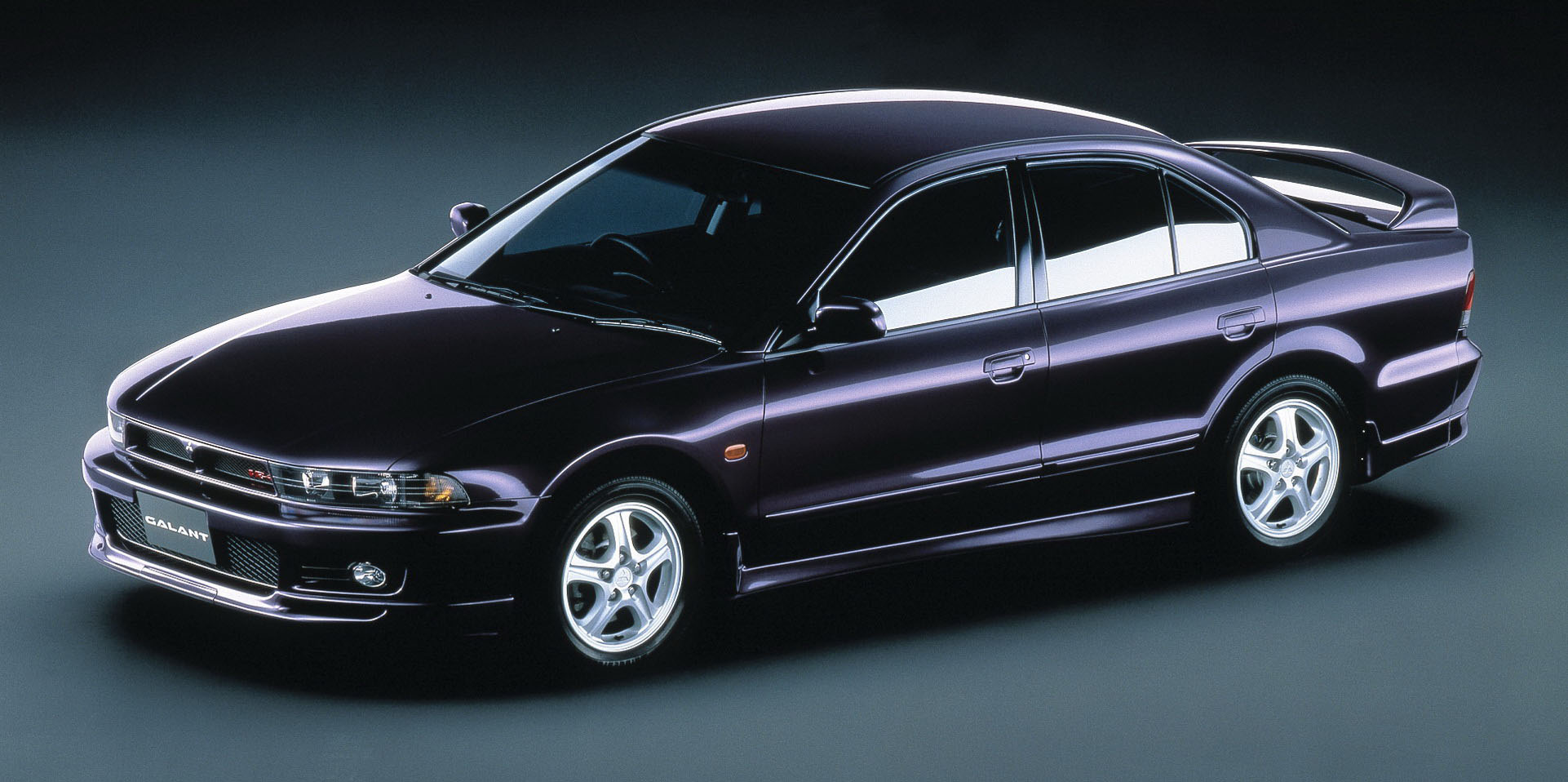
Total Control
One of the more impressive benefits of having a quad-motor setup is the ability to integrate finely-tuned, front and rear dual-motor active yaw control. According to Mitsubishi, it uses electric brake calipers for fast, accurate control of acceleration and braking forces to assist with turning and traction.
Unlike other manufacturers that couple their all-wheel-drive systems with transmissions that rob power and torque when you need it most, this setup allows for just the right amount of power to be sent to each wheel if slip is detected.
The Competition
Arguably Subaru’s Legacy would be the Galant’s closest competition; whilst a competent AWD family saloon, it’s a little dowdy-looking, and doesn’t offer anything in terms of powertrain electrification. Other worthy rivals include Tesla’s Model 3, Mazda6, Honda Accord, Toyota Camry, Nissan Altima, and Peugeot 508.
So, what do you think: should the Galant make a comeback or it’d be better for Mitsubishi to let it rest in peace? Share your thoughts in the comments below.
Note: This story includes speculative illustrations that are not affiliated with or endorsed by Mitsubishi.
